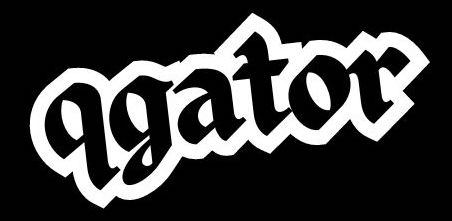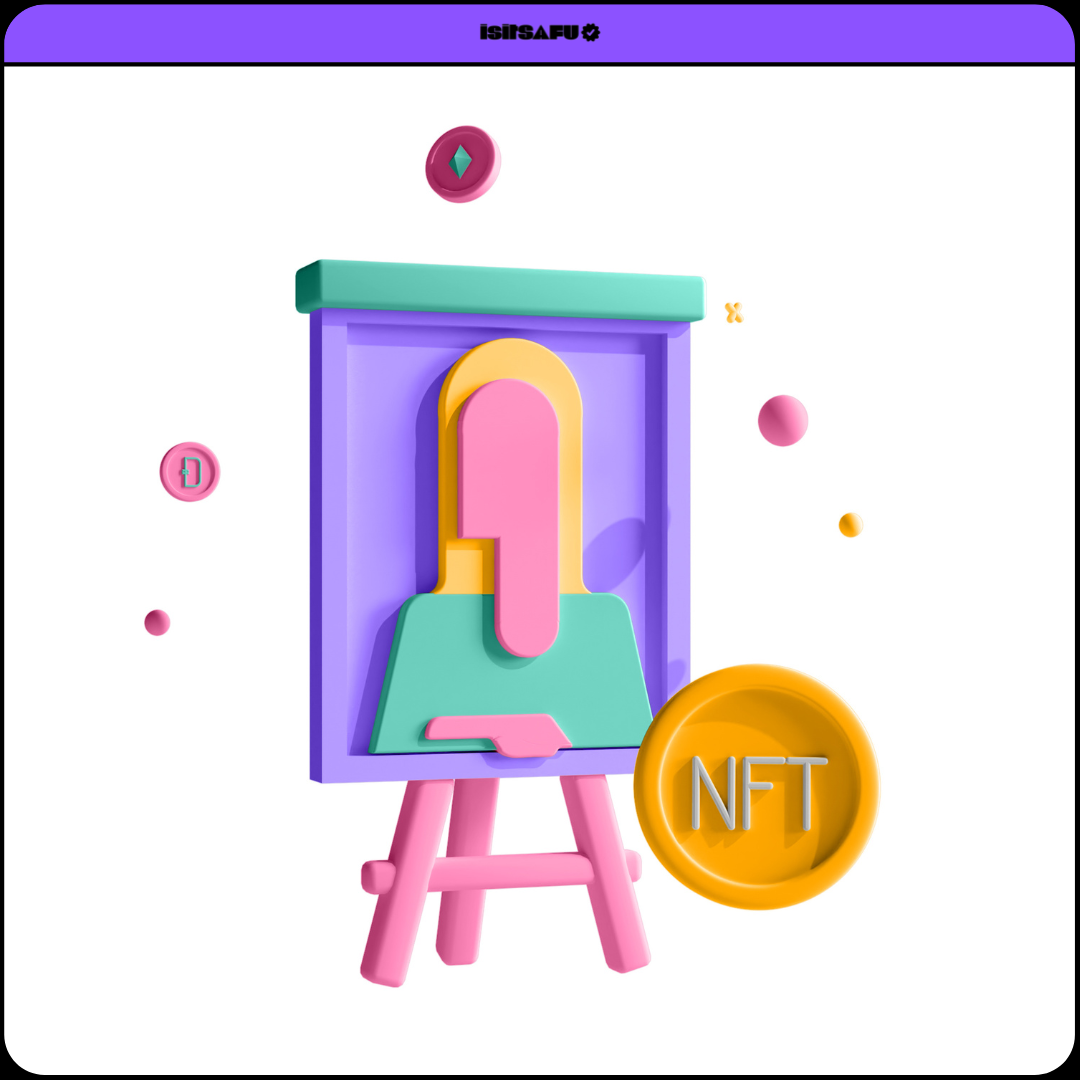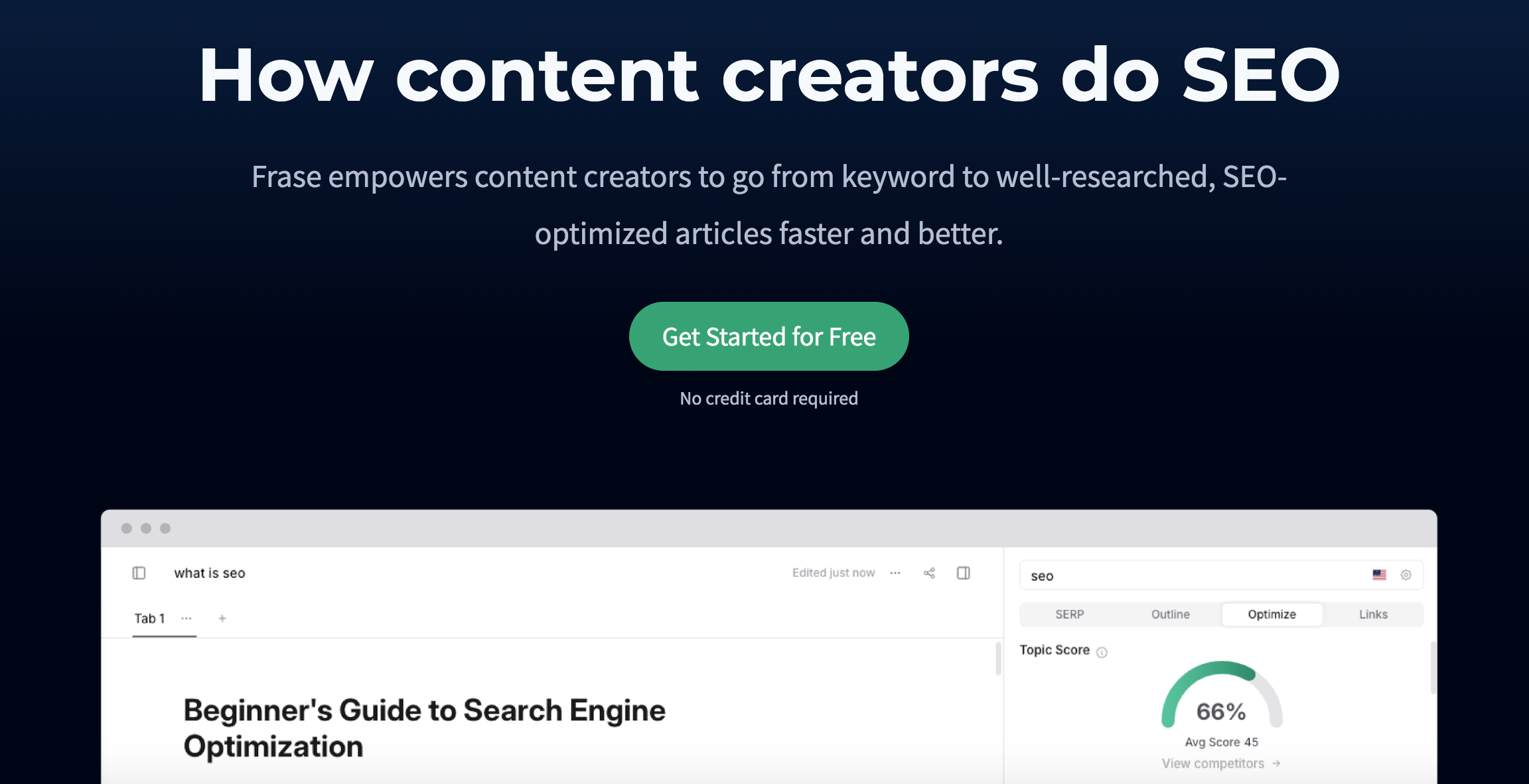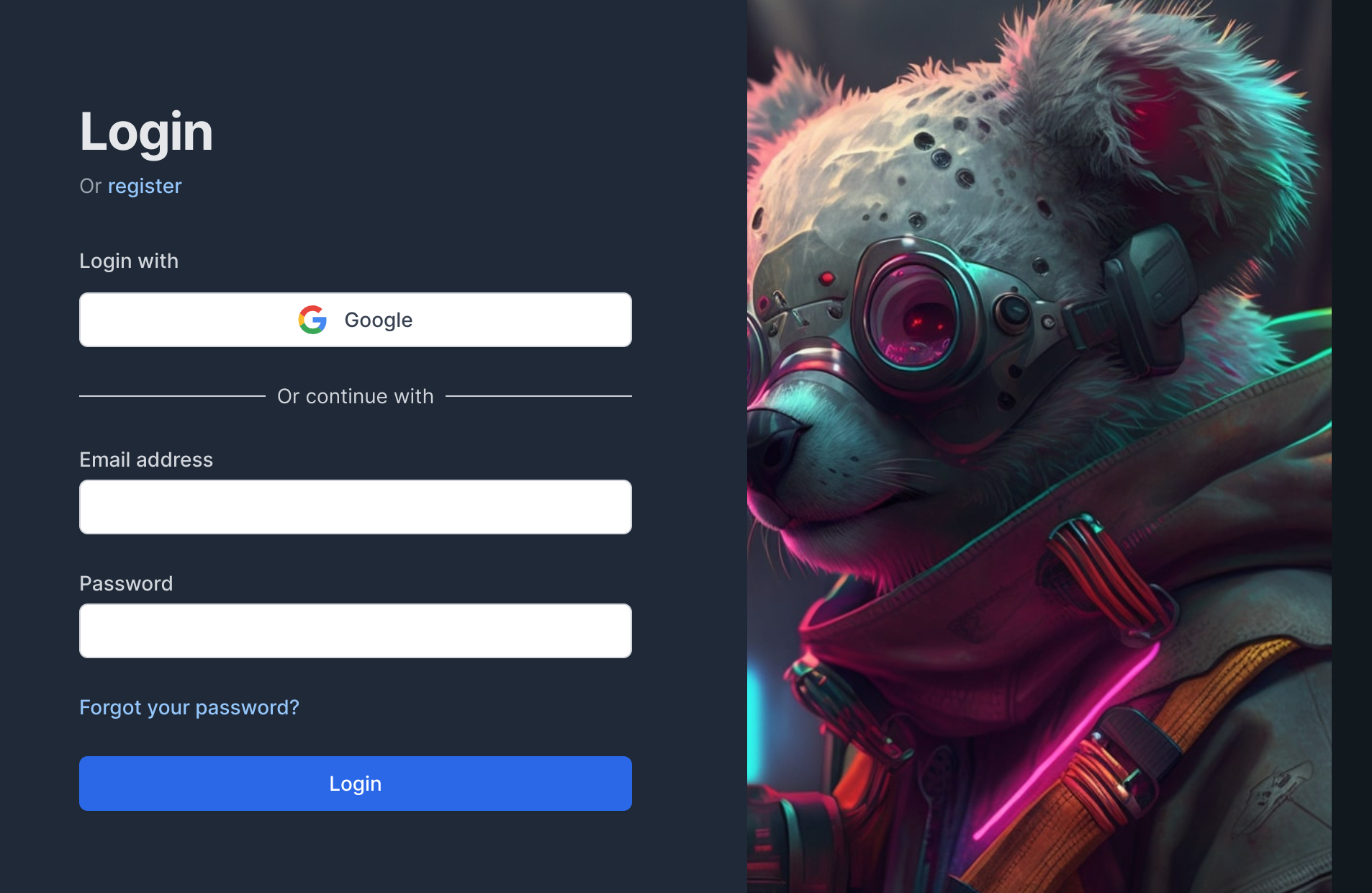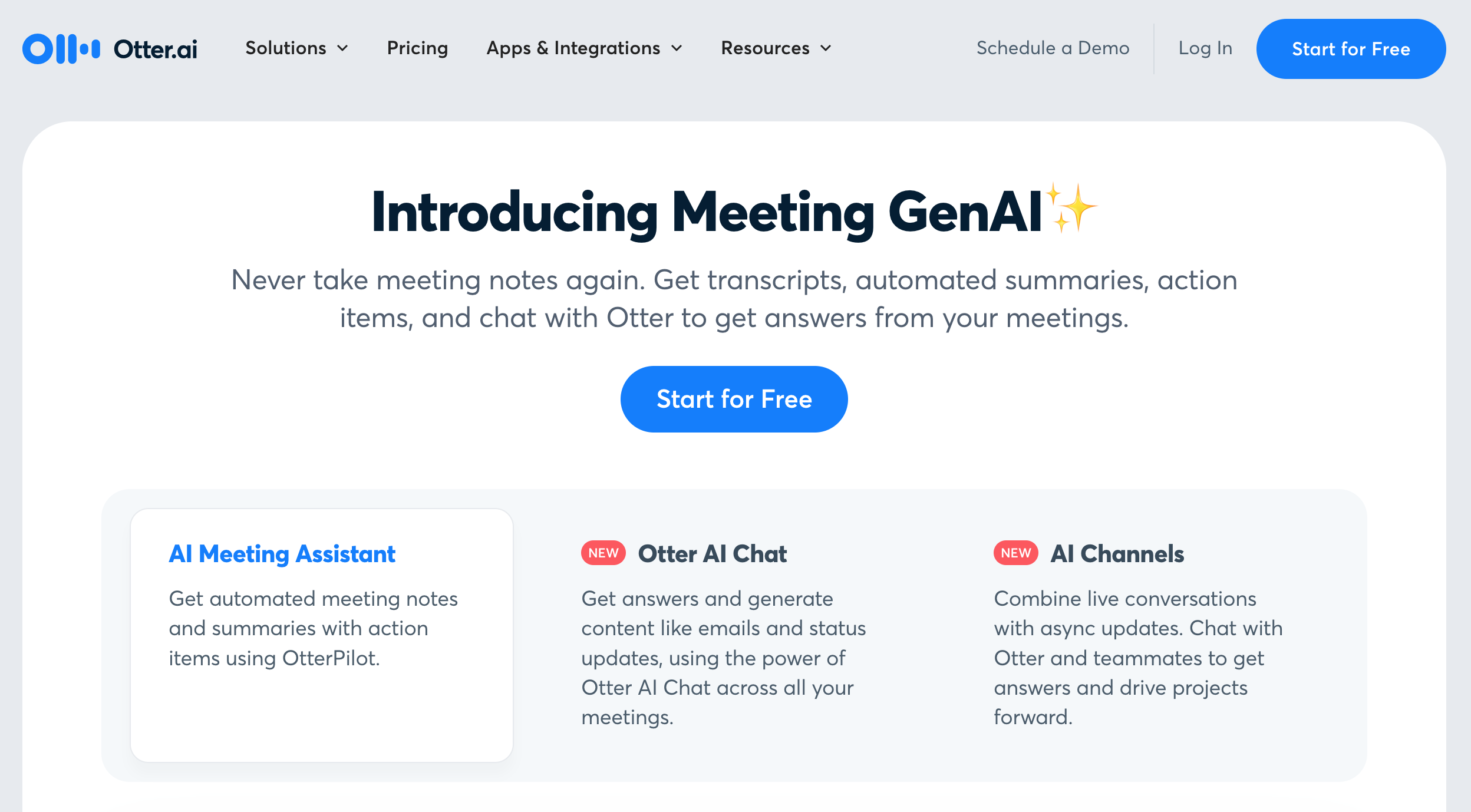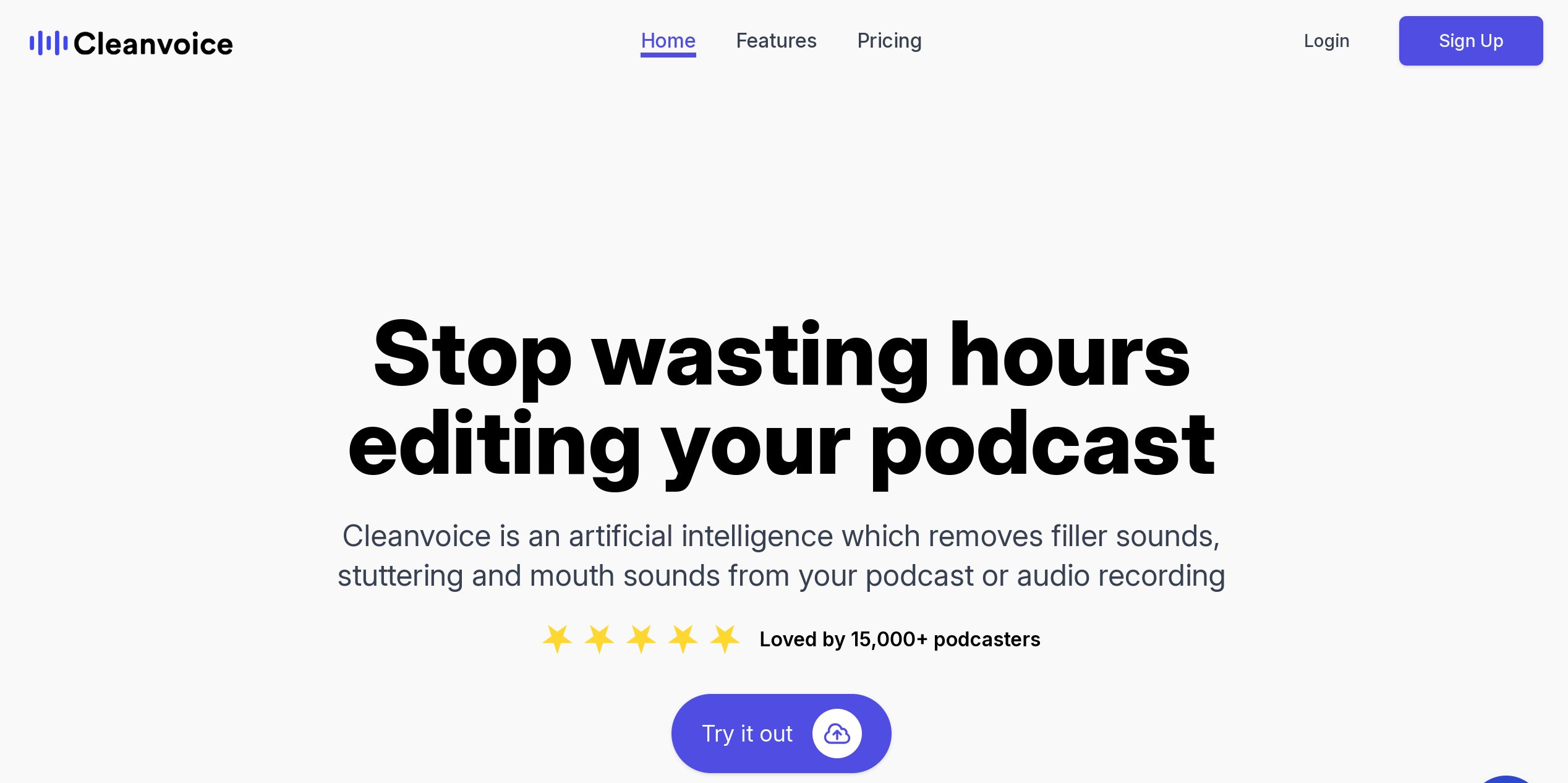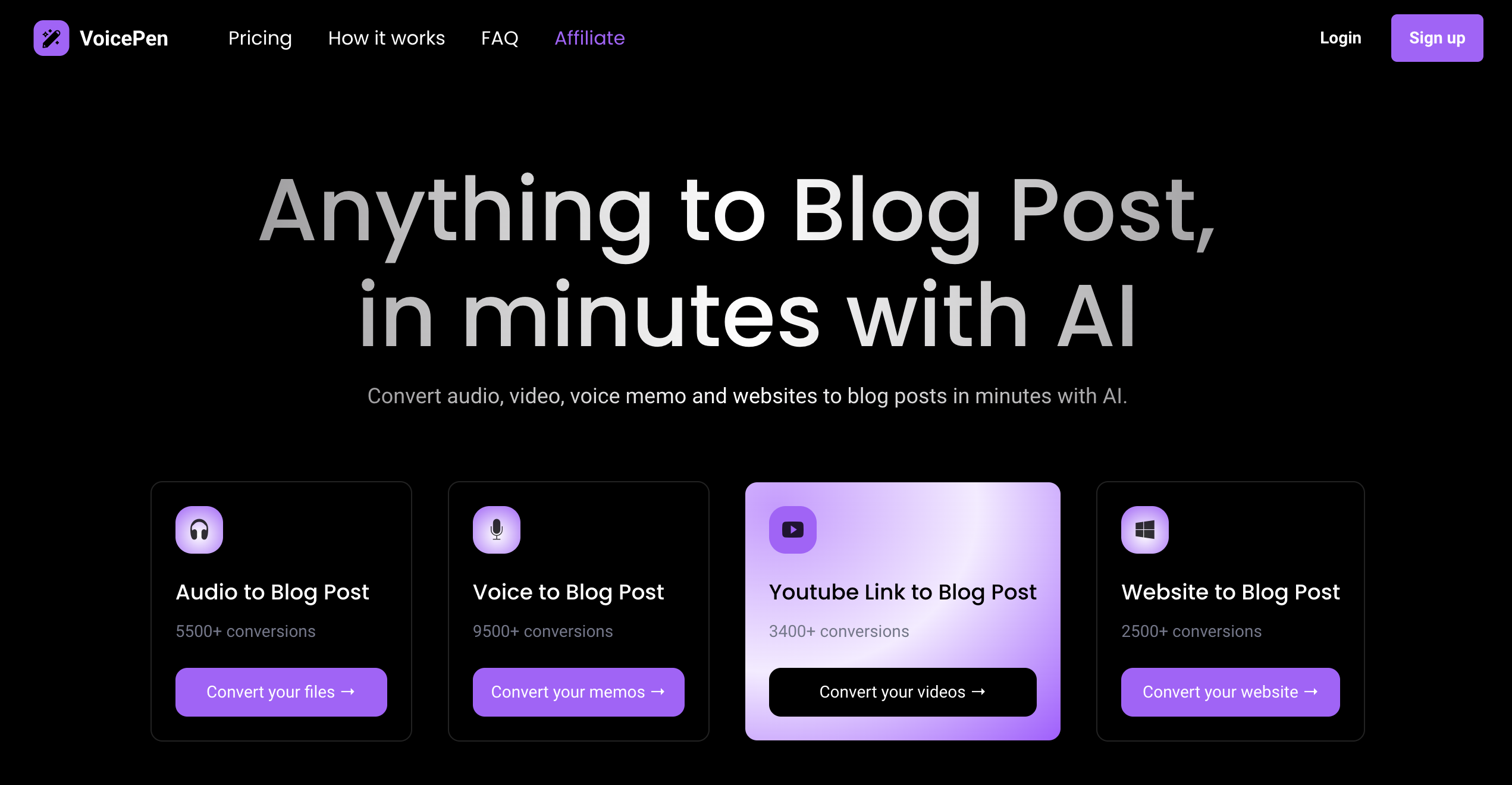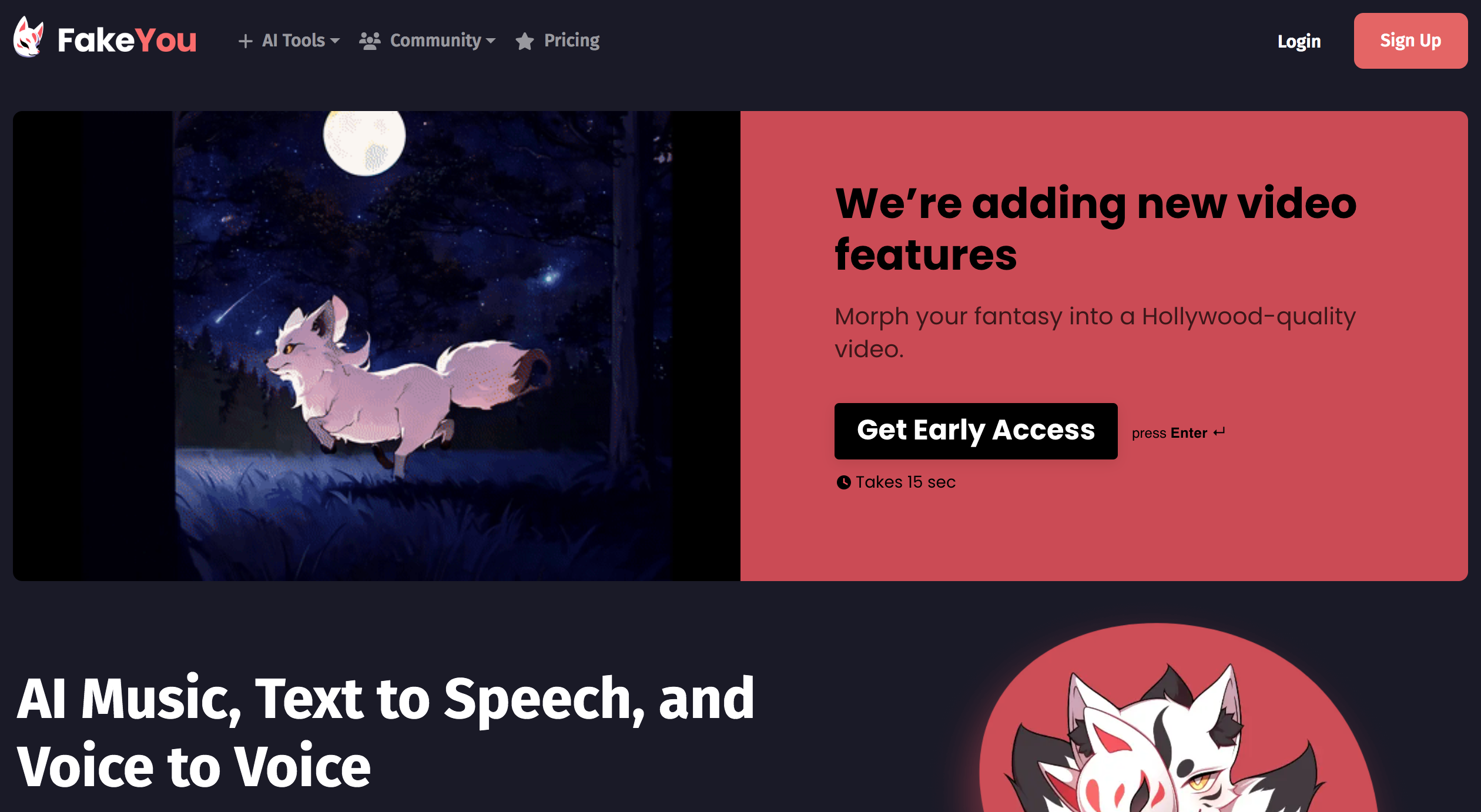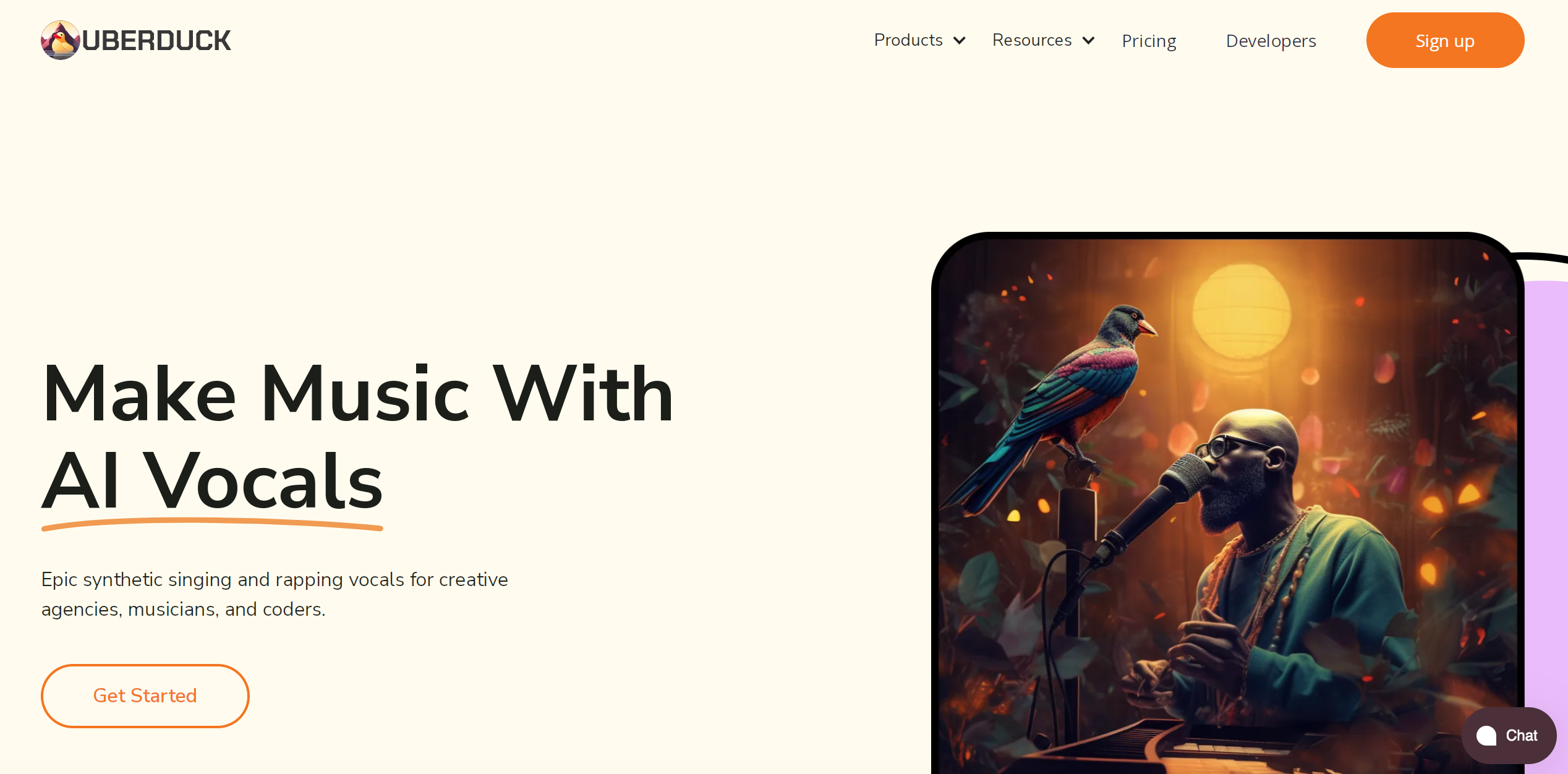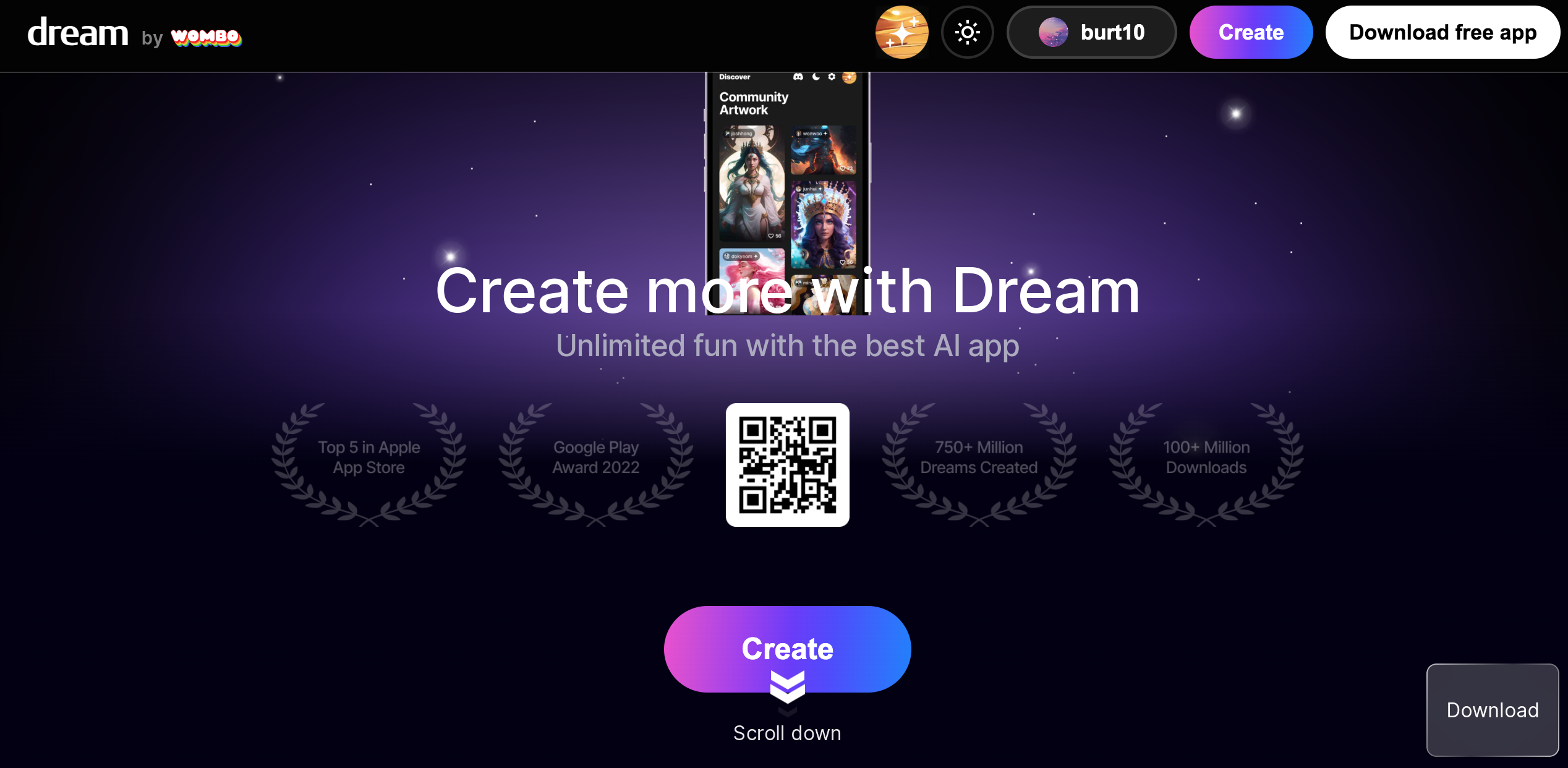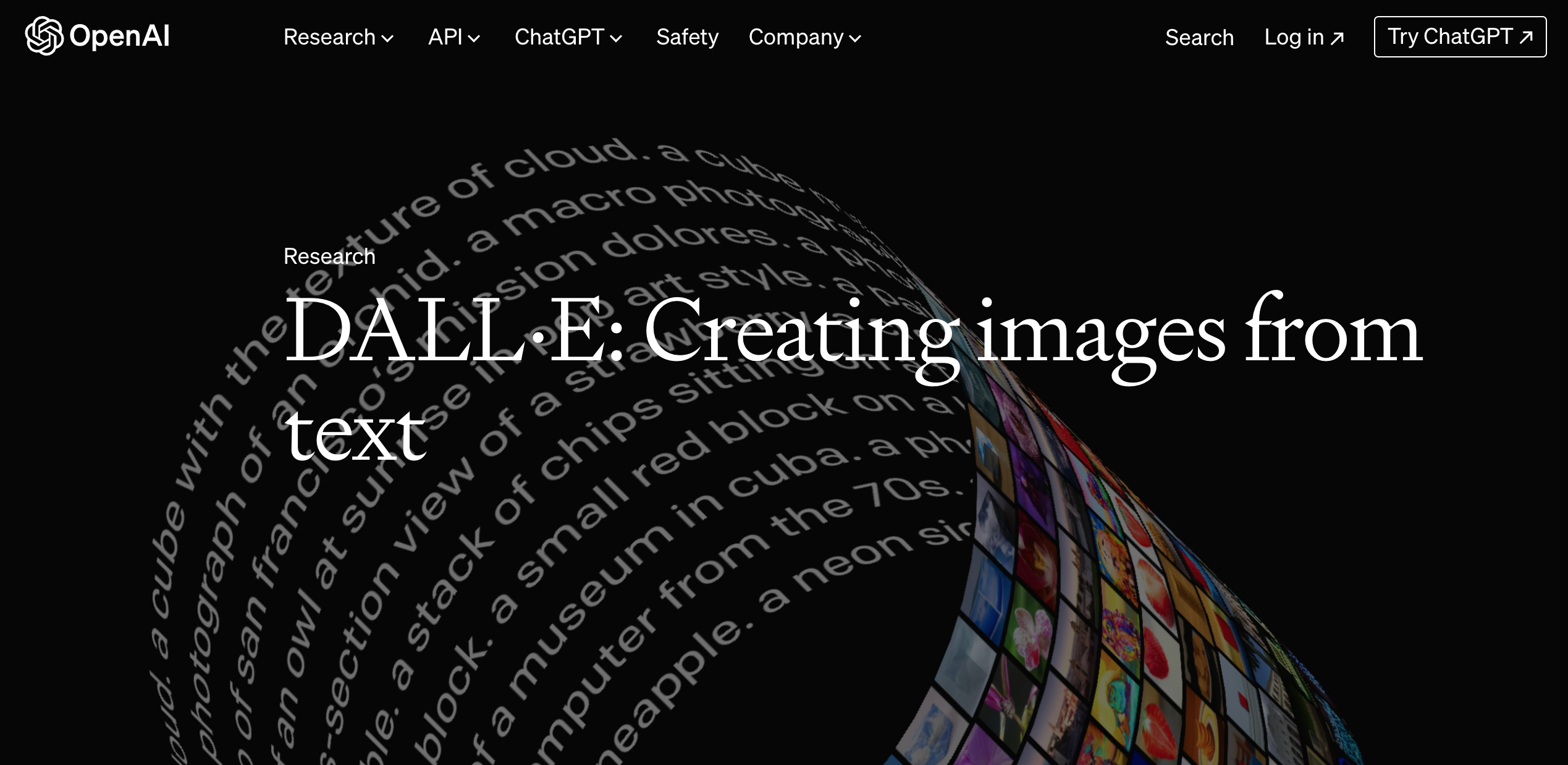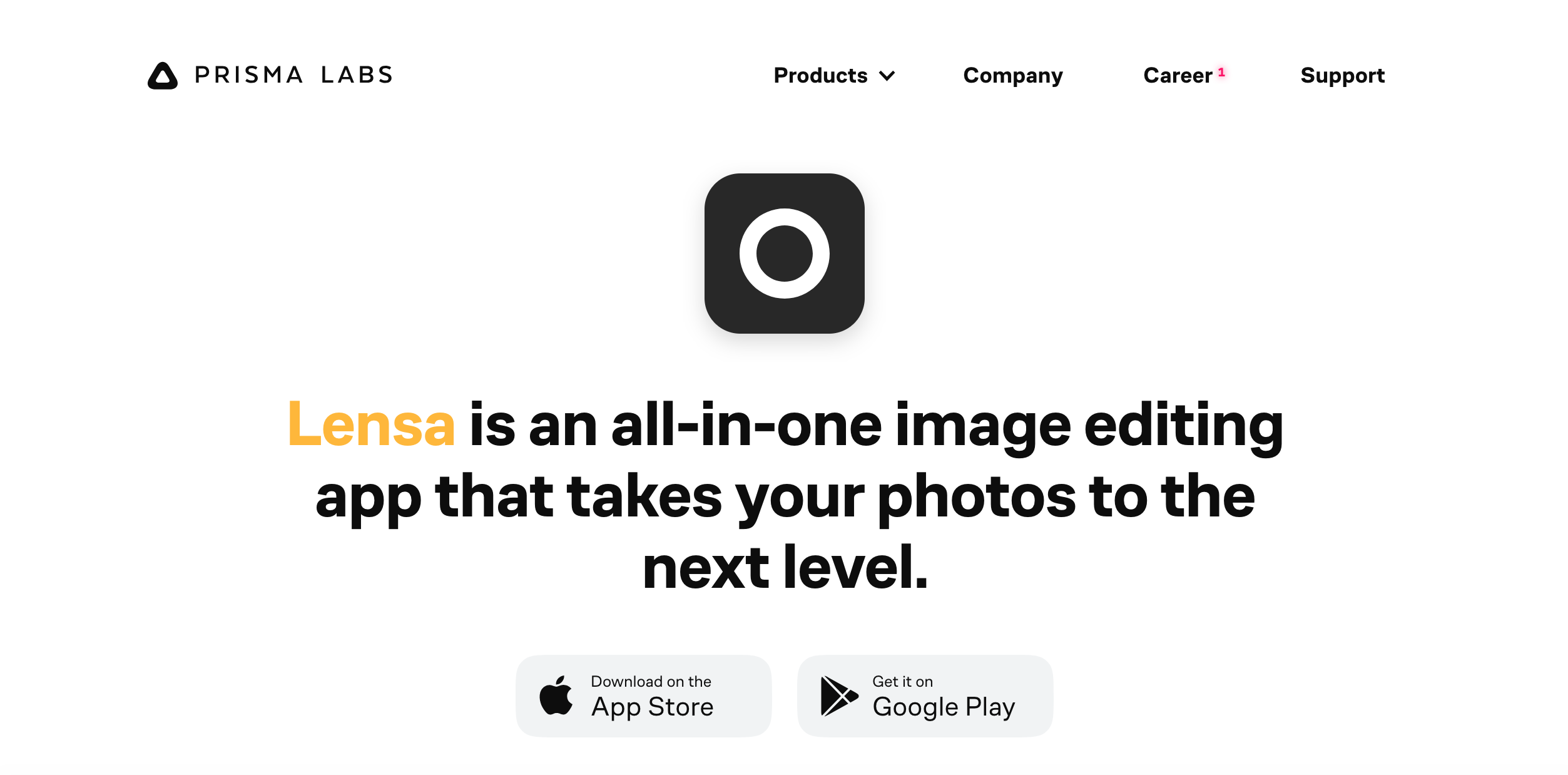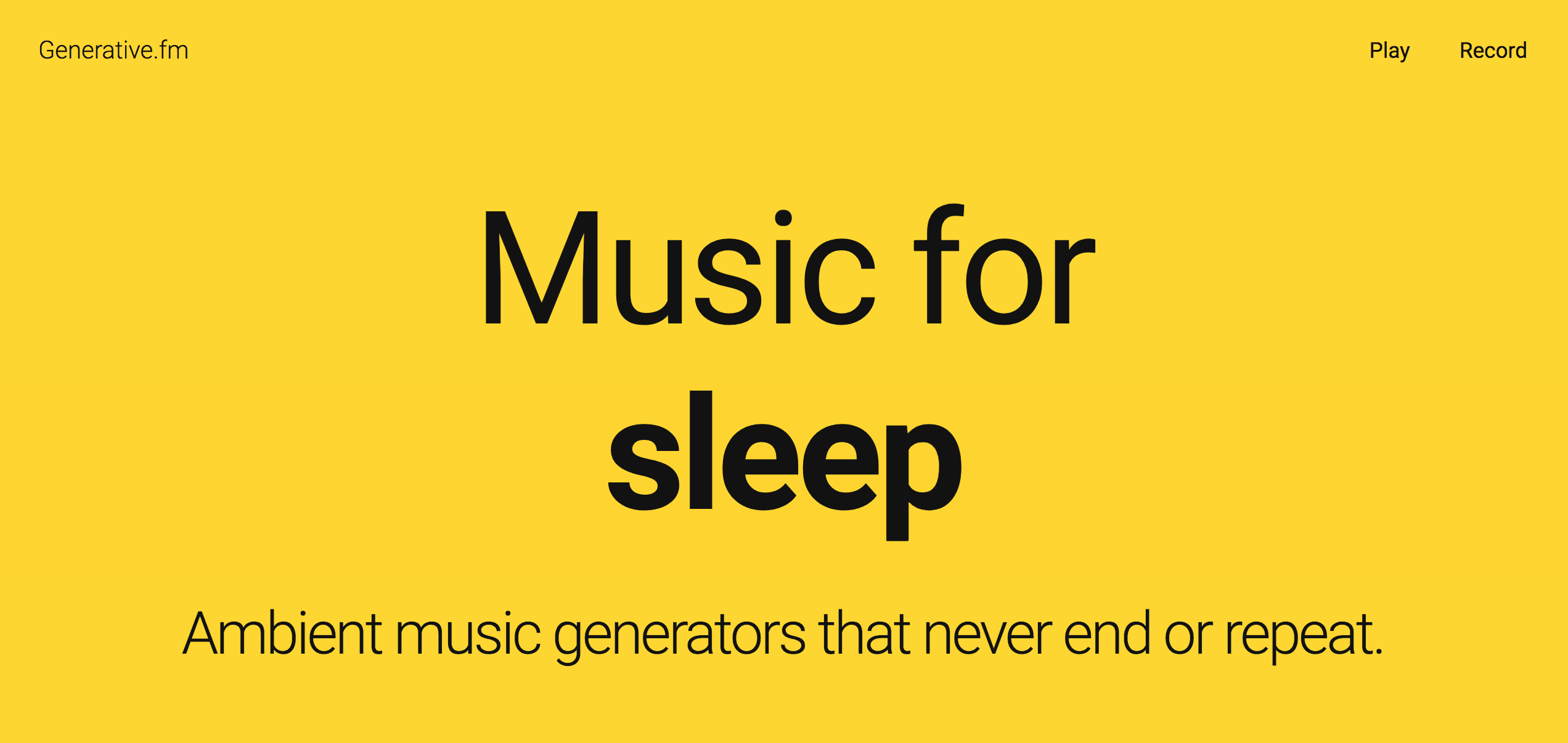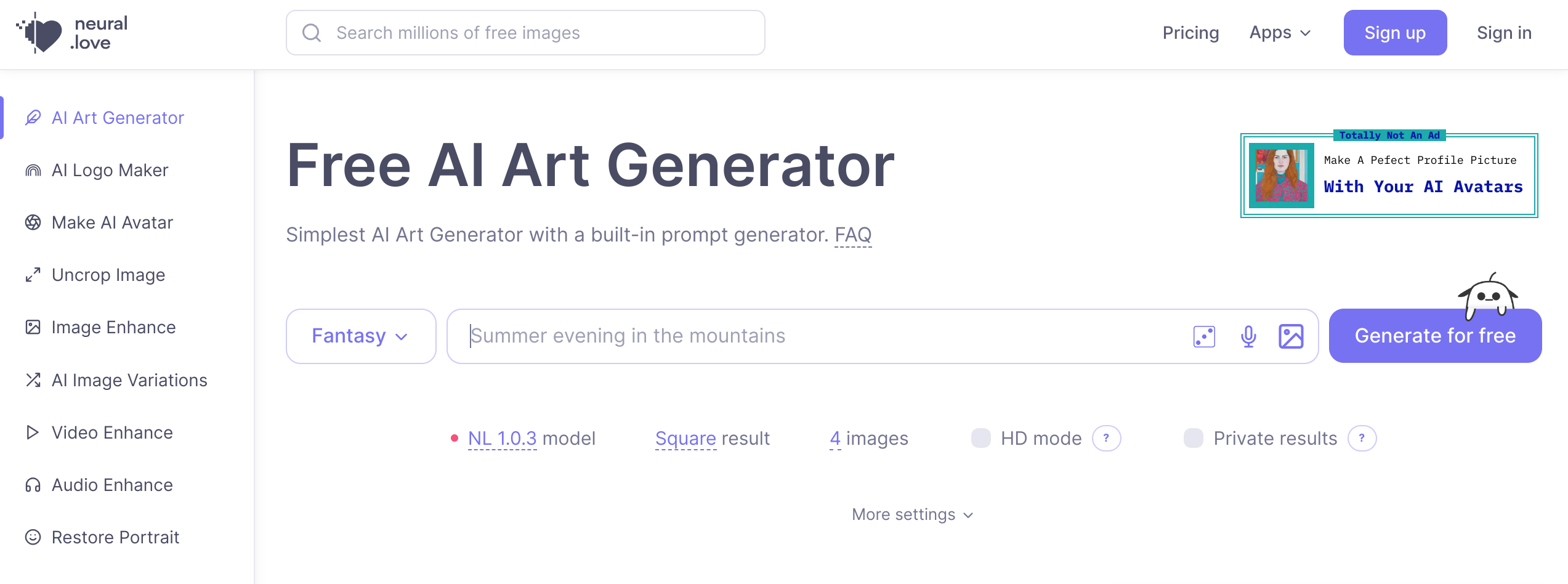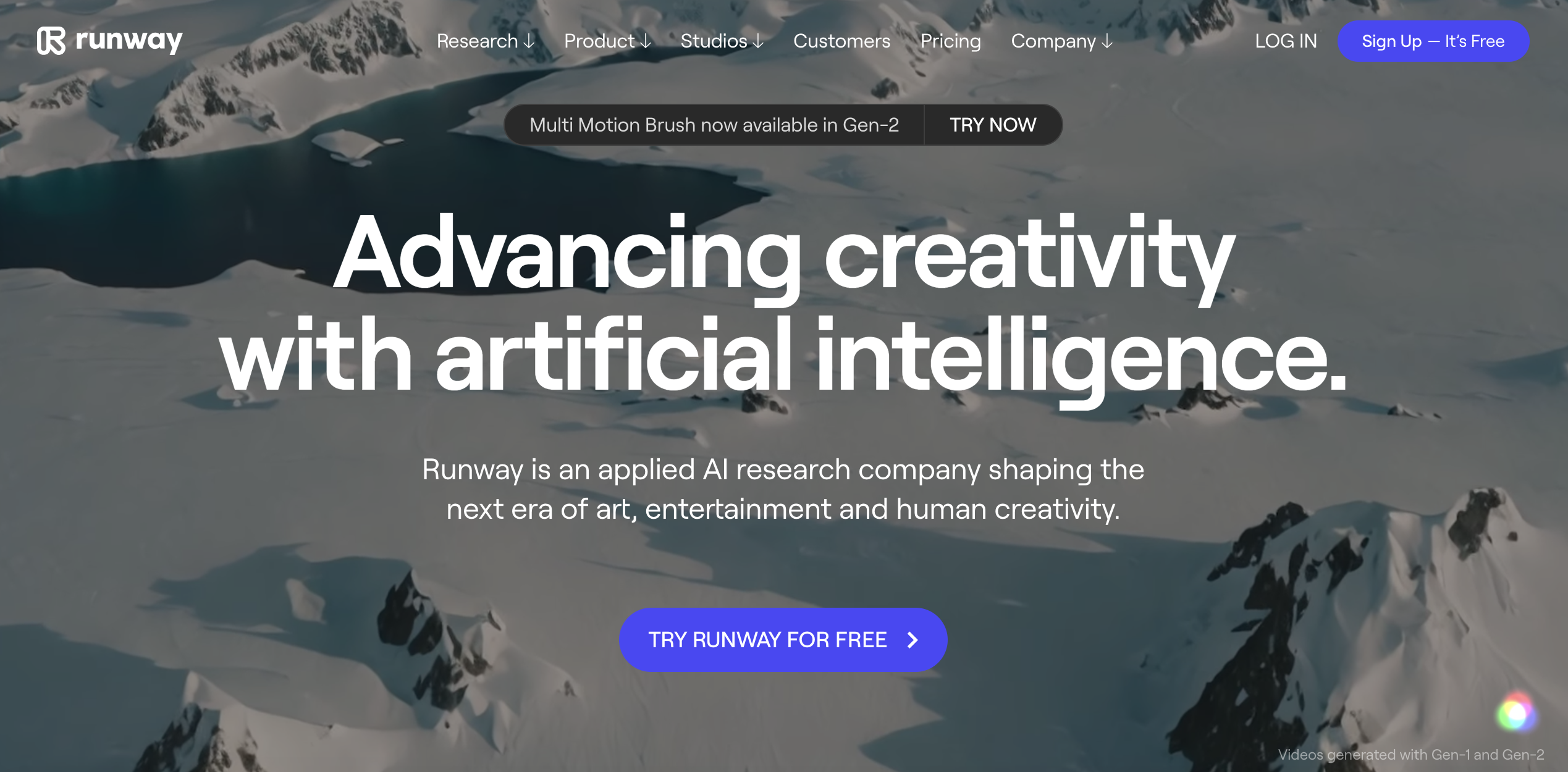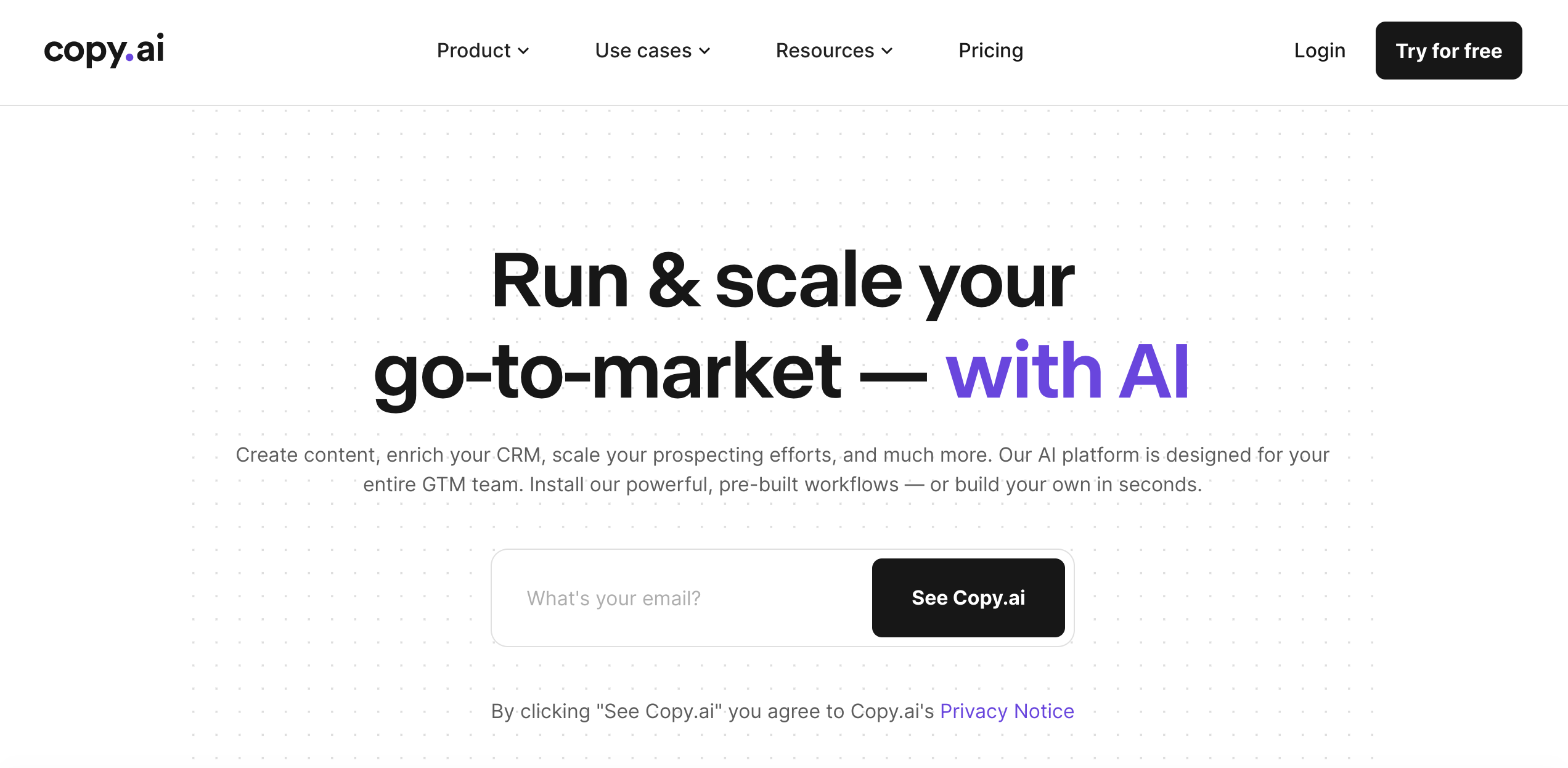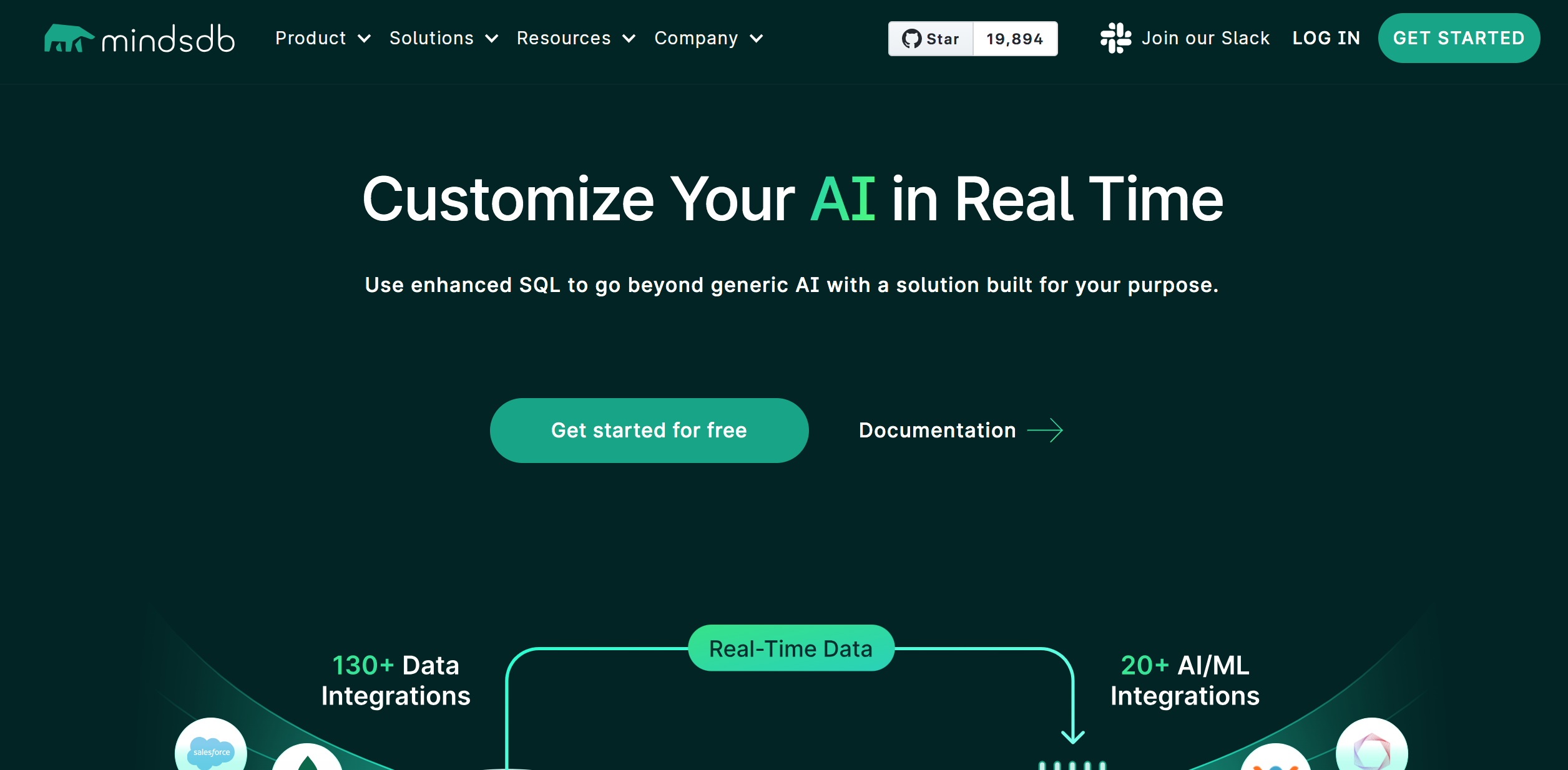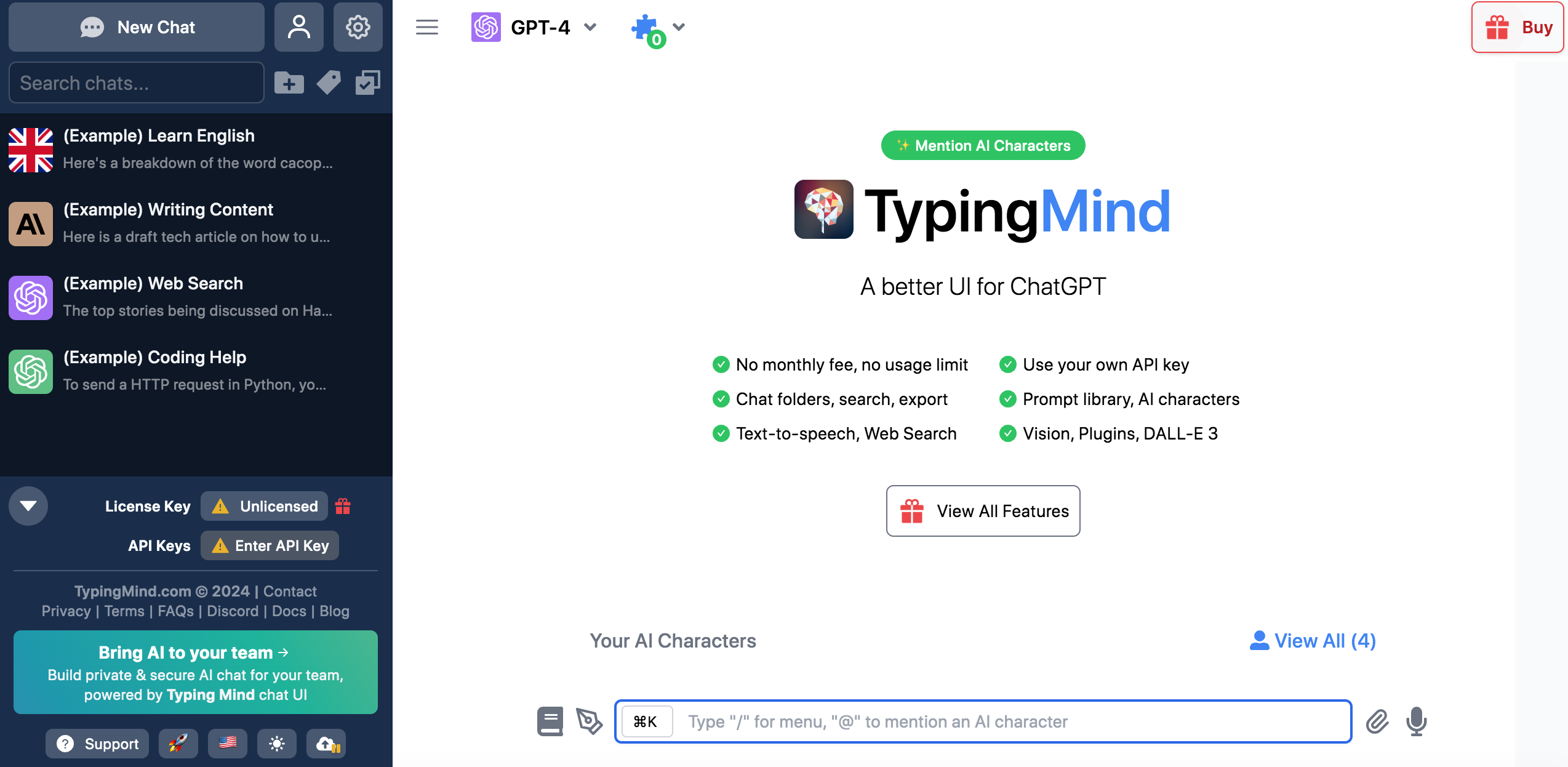Introduction
NFTs (Non-Fungible Tokens) have exploded in popularity in recent years, with digital art being one of the most common applications. However, creating unique and original digital art can be time-consuming and challenging. One solution to this problem is to use AI (Artificial Intelligence) to generate NFTs. In this article, we’ll explore the benefits and challenges of using AI to create NFTs and provide tips for digital artists looking to try it out.
Understanding AI and NFTs
AI refers to the simulation of human intelligence in machines that are programmed to think and learn like humans. NFTs, on the other hand, are unique digital assets that are stored on a blockchain. They can be anything digital, such as artwork, music, videos, or even tweets. What makes NFTs unique is that they are one-of-a-kind, and their ownership can be verified on the blockchain.
Benefits of using AI to create NFTs
Using AI to create NFTs has several benefits for digital artists. First, it can save time and effort in the creative process. AI can generate multiple options for artwork, freeing up artists to focus on other aspects of their work. Second, AI-generated art can be more unique and diverse than traditional methods, which can attract more buyers. Finally, using AI can also reduce the risk of copyright infringement, as the generated work is completely original.
Tools for creating AI-generated NFTs
There are several tools available for digital artists looking to create AI-generated NFTs. Some popular options include Artbreeder, DeepArt, and Runway ML. These tools use various AI algorithms to generate artwork based on input from the artist.
Tips for digital artists using AI to create NFTs
If you’re a digital artist looking to use AI to create NFTs, here are some tips to keep in mind:
- Experiment with different AI tools to find the one that best suits your style and needs.
- Use high-quality source material to ensure the best results from AI-generated art.
- Consider combining AI-generated art with traditional methods to create unique and interesting pieces.
- Be mindful of ethical considerations around the use of AI in art and NFTs.
- Stay up-to-date with the latest developments in AI technology to keep your work fresh and innovative.
Challenges and limitations of AI-generated NFTs
While there are many benefits to using AI to create NFTs, there are also some challenges and limitations to consider. One of the biggest challenges is the lack of control over the final product. AI-generated art can be unpredictable, and it can be challenging to ensure that the final product meets your standards. Additionally, some buyers may be skeptical of AI-generated art, and it may be more difficult to sell.
Conclusion
Using AI to create NFTs is an exciting opportunity for digital artists looking to create unique and original artwork. It offers many benefits, including saving time and effort, creating more diverse artwork, and reducing the risk of copyright infringement. However, it’s important to be mindful of the challenges and limitations of AI-generated art, including the lack of control over the final product and potential buyer skepticism. By following these tips and staying up-to-date with the latest AI technology, digital artists can create compelling and valuable NFTs using AI-generated art. With the continued growth of the NFT market, the potential for AI-generated NFTs to become more mainstream is significant. As digital art continues to evolve, using AI to create NFTs is a natural progression, and it’s exciting to see where this technology will take the industry in the future.
In conclusion, using AI to create NFTs is a valuable tool for digital artists looking to create unique and original artwork. It offers many benefits, including saving time and effort, creating more diverse artwork, and reducing the risk of copyright infringement. However, it’s important to be mindful of the challenges and limitations of AI-generated art and to stay up-to-date with the latest AI technology to keep your work fresh and innovative. By following these tips and being open to new possibilities, digital artists can take advantage of the potential of AI-generated NFTs and create compelling and valuable digital art for the NFT market.
